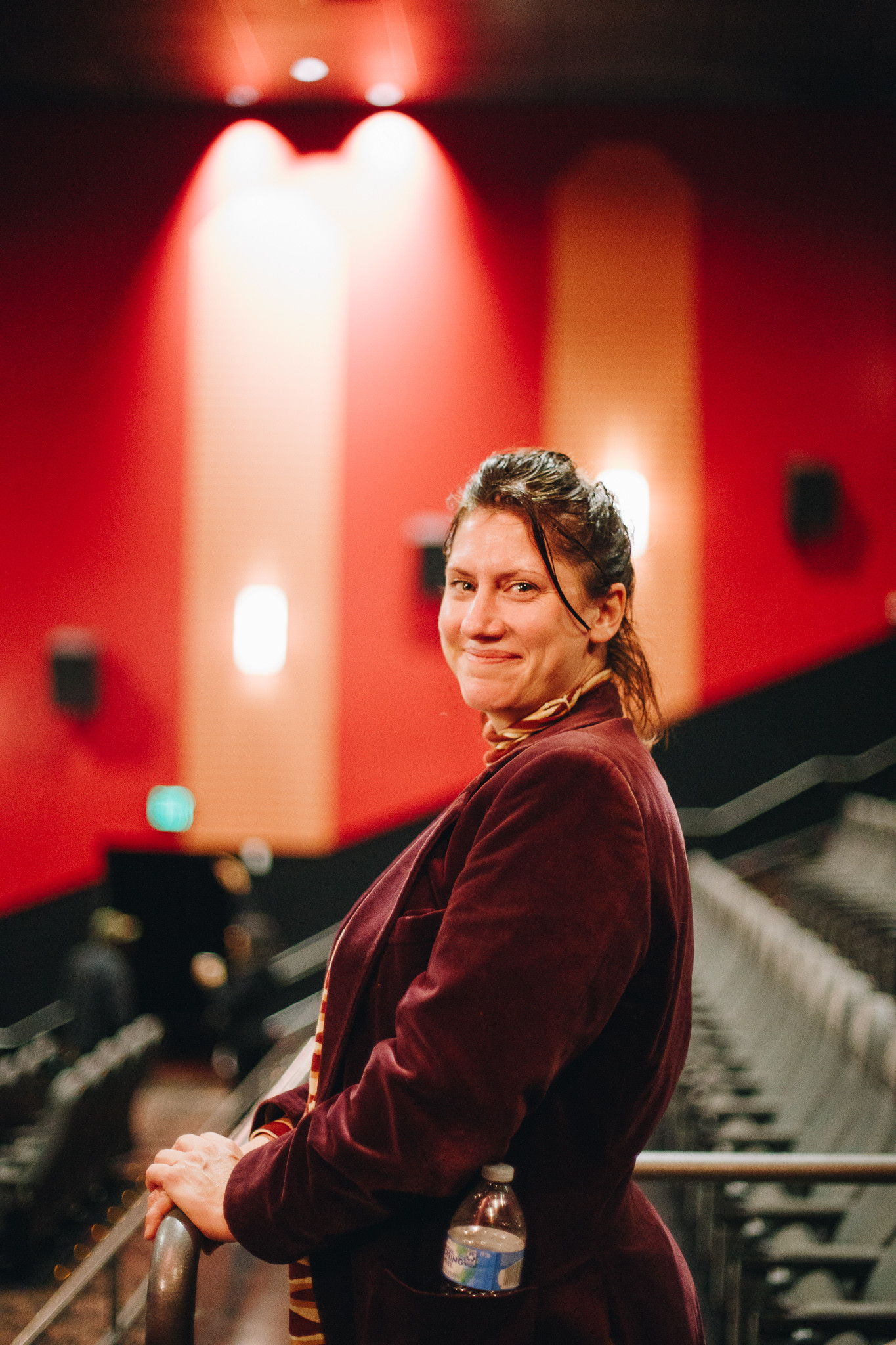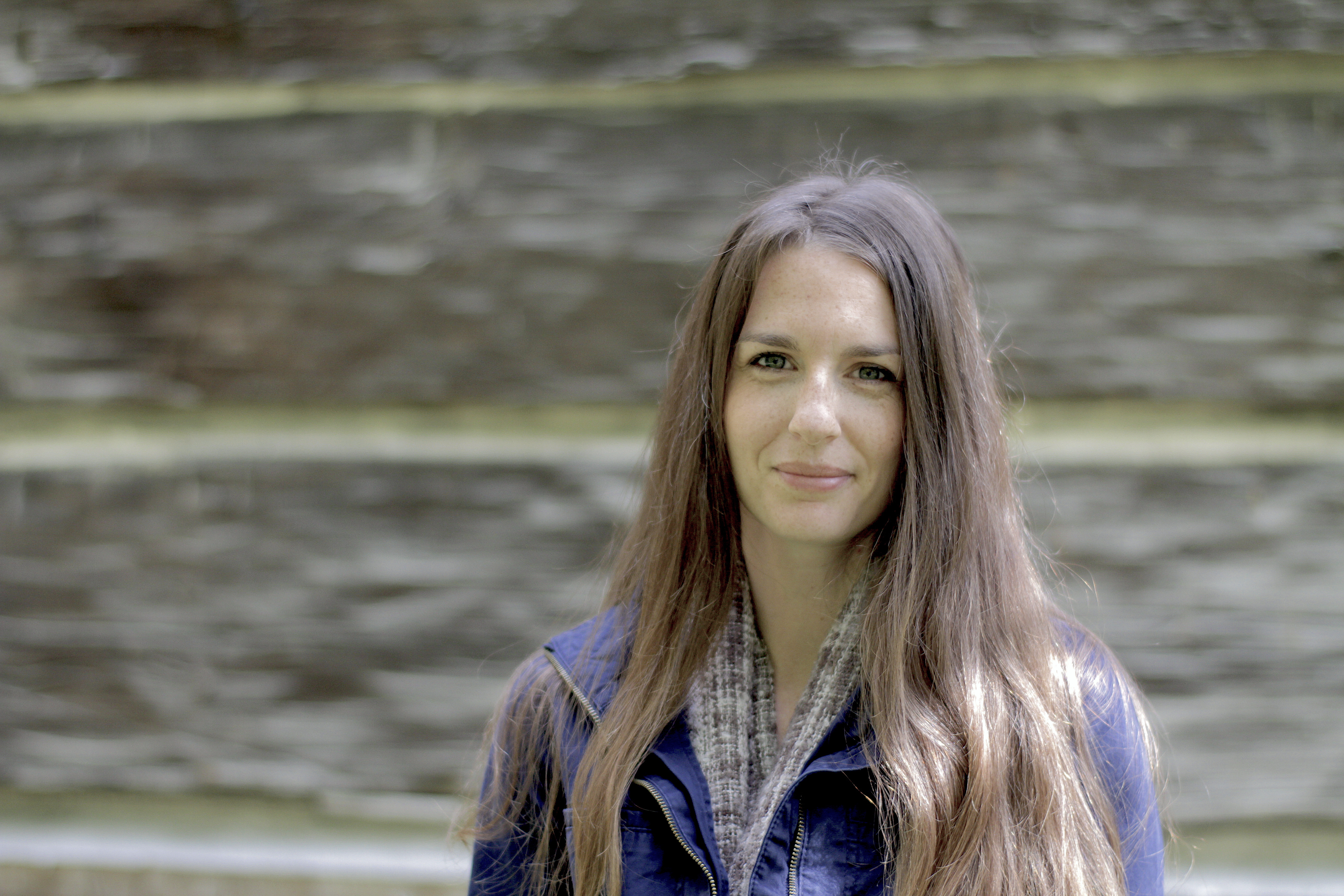The American South, a region often painted with broad strokes, carries a complex identity. While geographically blessed with stunning landscapes, it also grapples with a history marked by hardship and struggle. This dichotomy forms the backdrop for understanding contemporary narratives emerging from the region, particularly within its vibrant arts scene. This year, the BIG EARS Festival in Knoxville, Tennessee, served as a powerful platform to explore these narratives, showcasing film as a medium that transcends boundaries and fosters profound storytelling.
BIG EARS, more than just a music festival, is an immersive cultural experience, weaving together diverse artistic expressions. Film plays a crucial role in this tapestry, offering unique perspectives and challenging conventional viewpoints. Lily Keber, a New Orleans-based filmmaker and educator, curated this year’s film program, selecting works that resonated with the festival’s open-minded audience. Keber, whose award-winning debut “Bayou Maharajah” celebrates Southern stories, aimed to spotlight contemporary films, including those from Appalachia, regardless of musical themes. This inclusive approach led to the world premiere of William Isom’s “Liberated Landscapes,” focusing on the Black Appalachian experience, and highlighted the significant contributions of female filmmakers.
 Lily Keber at BIG EARS festival, photographed by Holly Rainey
Lily Keber at BIG EARS festival, photographed by Holly Rainey
Among the standout films was “O Pioneer,” directed by West Virginia natives Clara Lehmann and Jonathan Lacocque. This documentary deeply resonated with audiences, offering a fresh and intimate look at life in Appalachia. In an insightful interview, Clara Lehmann shared the motivations and deeper meanings behind “O Pioneer,” providing valuable perspectives on filmmaking and the essence of modern pioneering.
An Intimate Glimpse into Appalachian Lives: The Heart of “O Pioneer”
“O Pioneer” distinguishes itself by its deeply personal and observational style. Lehmann explains, “It didn’t feel like you were documenting. I was just watching the rich lives of people in the area.” This immersive quality stems from the filmmakers’ close connection to their subjects. Choosing to film individuals within their own community, Lehmann and Lacocque fostered an environment of trust and openness. As Lehmann notes, “We picked people that we knew… It came down to these acquaintances, and we’re like, man, we love these people. Let’s just make a movie about them.” This familiarity translates onto the screen, creating a sense of authenticity and allowing viewers to connect with the subjects on a profoundly human level. The film avoids sensationalism, instead focusing on the everyday experiences and quiet resilience of its protagonists, offering a counter-narrative to often-stereotyped portrayals of rural communities.
The film’s power lies in its ability to make the ordinary extraordinary. Lehmann elaborates on the challenges of documentary filmmaking in a media landscape often driven by celebrity and sensationalism. “Documentary is this weird world where you’re not trying to influence your participants, but you’re also trying to make an impactful story… that can engage an audience that has a short attention span and is looking for famous faces.” “O Pioneer” directly confronts this trend by prioritizing genuine human stories over sensationalism. This deliberate choice reflects a weariness with the “1%” narrative and a desire to celebrate the often-overlooked lives of everyday individuals. Lehmann states, “We’re so tired of the 1% or whatever the pioneer is that we all are like, that is unreachable… I’m just going to make what I love.” This passion for authentic storytelling is palpable in every frame of “O Pioneer.”
Reclaiming the Pioneer Narrative: A Meta Perspective
The title itself, “O Pioneer,” invites a re-examination of the traditional concept of the pioneer. Lehmann acknowledges this meta-narrative, stating, “The whole basis of the film is being a pioneer and you are doing that through making the film. It’s very meta, you, all our pioneers yourselves. And I think to be an independent filmmaker, you have to be a pioneer.” The act of independent filmmaking, particularly in capturing and sharing underrepresented stories, becomes a form of modern pioneering. It requires resourcefulness, dedication, and a willingness to forge one’s own path outside of mainstream narratives. This self-aware approach elevates “O Pioneer” beyond a simple documentary, transforming it into a commentary on the very act of creation and the challenges of independent artistry. Lehmann’s commitment to reinvesting in her own work and community further exemplifies this pioneering spirit.
 Clara Lehmann
Clara Lehmann
The inspiration for “O Pioneer” arose from a period of reflection following the completion of Lehmann’s previous film. She describes a moment of clarity: “I was sitting and meditating one night and it came to me, I thought ‘I want to study pioneers.’ And it brought me to the question, ‘What does it mean to be a pioneer?’” This introspective approach led her to Walt Whitman’s poem “Pioneers! O Pioneers!”. Initially drawn to the poem from childhood memories, Lehmann re-evaluated its themes with a critical eye. She noted, “I reread it and was like, ‘oh my gosh, this poem is appalling. I cannot believe you would say, ‘come take this thing as ours and bring your guns, and let’s settle this land.’” This realization sparked a desire to redefine the concept of pioneering, moving away from notions of aggressive conquest and towards a more nuanced understanding of contemporary pioneers. Lehmann sought to explore “different ‘pioneers,’ like this pioneering person in medicine or Elon Musk, he’s pioneering away to Mars,” while also acknowledging the potential “damage it does to be that kind of an explorer with no concern for where you’re going and how you’re getting there.”
Voices of Appalachia: Selecting the Subjects of “O Pioneer”
Lehmann and Lacocque consciously chose subjects deeply rooted in their Appalachian community, individuals who embodied a modern pioneer spirit in their own right. This deliberate selection process highlights the richness and diversity within Appalachia, often overshadowed by stereotypical portrayals. Lehmann explains their choices: “We chose subjects, people we admired or knew of in the Appalachian community.” Nellie Rose, a textile artist, James Morley, a preacher, and Tim, a blacksmith, represent different facets of Appalachian life and embody resilience, creativity, and community engagement. Lehmann’s personal connection to these individuals adds another layer of depth to the film, reflecting her own journey of self-discovery and exploration of her cultural identity. Her connection to James Morley, in particular, allowed her to “explore my religion in that James speaks to me. I immediately recognize myself and his spiritual identity,” demonstrating the deeply personal nature of the project.
Kaïa Kater: A Narrator Bridging Worlds
The inclusion of Kaïa Kater as narrator adds a crucial layer of meaning to “O Pioneer.” Kater, a Canadian Grenadian musician known for her Appalachian folk music, provides a unique perspective that enriches the film’s themes. Lehmann explains the decision: “Kaïa, while she is not a West Virginian, could elevate this film because she has ties to this community… Kaïa has this beautiful ability because she’s Canadian Grenadian. She is a black woman playing Appalachian folk music.” Kater’s presence subtly challenges dominant narratives and encourages viewers to consider broader historical and social contexts. Her song “Poets Be Buried” further enhances this message, prompting reflection on historical injustices and the need for self-examination. For Lehmann, as a white filmmaker in Appalachia, Kater’s voice serves as a gentle yet powerful reminder of the complexities of the region’s history and the importance of inclusivity and diverse perspectives.
 Kaïa Kater in “O Pioneer”
Kaïa Kater in “O Pioneer”
Navigating Roadblocks: The Female Filmmaker’s Journey
Lehmann openly addresses the challenges faced by female filmmakers, acknowledging the subtle yet pervasive roadblocks that exist within the industry. “Yes, I’m going to be honest with you that these roadblocks are usually subtle and you don’t see them… but I am certain they have been.” While recognizing these systemic barriers, Lehmann also emphasizes the positive shifts and support she has experienced as a woman in film. “At the same time, I see where I’ve also been lifted up as a filmmaker as a woman too. As women filmmakers we are trying to make a difference, especially in the arts community.” Her commitment to diversity extends beyond the film’s themes to her own crew, which was composed of 56% women and included collaborators from around the world. This dedication to inclusivity and diverse perspectives underscores Lehmann’s pioneering spirit, both in her filmmaking approach and her commitment to fostering a more equitable and representative industry. Despite the challenges, Lehmann’s unwavering determination and focus on creating meaningful and emotionally resonant work remain central to her journey as a filmmaker.
Conclusion: “O Pioneer” – A Testament to Modern Resilience
“O Pioneer” stands as a powerful testament to the resilience and richness of contemporary Appalachian life, redefining the concept of the pioneer for a modern audience. Through intimate storytelling and a commitment to authentic representation, Clara Lehmann and Jonathan Lacocque have crafted a film that resonates deeply. It challenges viewers to reconsider traditional narratives, embrace diverse perspectives, and recognize the pioneering spirit in everyday individuals. “O Pioneer” is more than just a documentary; it is a cinematic journey that inspires reflection and celebrates the enduring power of the human spirit in the face of adversity, marking it as a truly significant “Pioneer Movie” in contemporary cinema.

